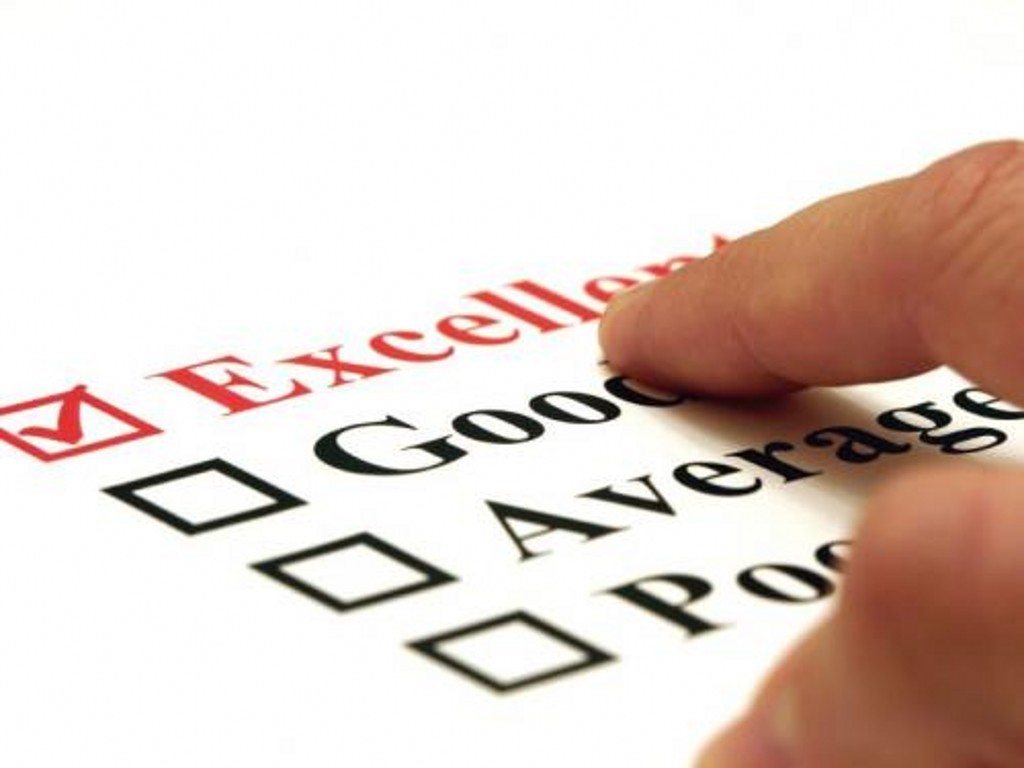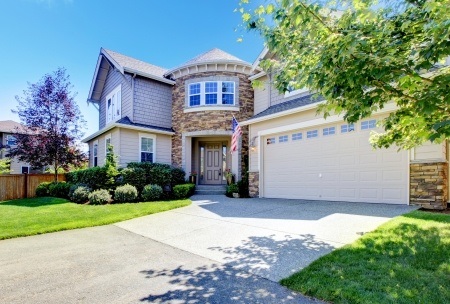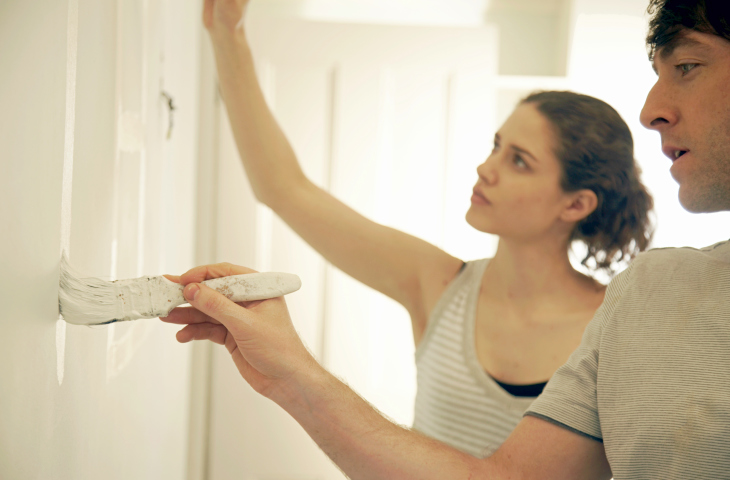Why Every Home Buyer Needs A Pre-Approval Before Home Shopping
 There are many people who are considering buying a home because the current market is so attractive. With the ability to carry out virtual tours, this makes it even easier for people to find the home of their dreams.
There are many people who are considering buying a home because the current market is so attractive. With the ability to carry out virtual tours, this makes it even easier for people to find the home of their dreams.
While the fun part is looking at houses, it is important to get pre-approved for a home loan first. There are a few reasons why everyone must get pre-approved before they start the process of shopping for a home.
This Provides A Chance For People To Get Their Finances In Order
Buying a home is a major decision. For many people, this is going to be their biggest investment. For this reason, it is critical for everyone to have their finances in order.
Of course, some people might think that their finances are fine when, in reality, this might not be the case.
For example, someone might be self-employed and think they are doing well; however, many lenders will not accept self-employment income as “reliable” unless they see at least two years of tax records. Furthermore, because those who are self-employed often take large tax deductions (due to business expenses being deductible), their gross taxable income is also lower.
This can be a problem for lenders who want to make sure their borrowers have a high gross taxable income to pay back the loan.
Increases The Attractiveness Of An Offer
If someone finds a house they love, there is a strong chance that someone else has fallen in love with the home as well. The seller wants to make sure that whoever is providing an offer on a home is a serious candidate. With a pre-approval letter, this makes the offer far more attractive.
This is because the seller knows that nothing is going to hold up the sale. If someone isn’t pre-approved, there is a chance that they might make an offer on the home only to have it stonewalled by the lender. This can be frustrating for someone who is trying to sell a home.
Avoid These Problems By Getting Pre-Approved
In order to avoid these problems, everyone must get pre-approved before they start the process of searching for a home. By getting pre-approved, people can expedite the home buying process.

 You’ve probably heard that living near excellent schools or having curb appeal can boost the value of your home. However, a home’s value is dependent upon a lot of different factors. Some of these things are more obvious than others. Things that might seem insignificant can have an impact on your home’s worth. Here are some surprising things that can affect the existing value of your home or how much a buyer is willing to pay for it.
You’ve probably heard that living near excellent schools or having curb appeal can boost the value of your home. However, a home’s value is dependent upon a lot of different factors. Some of these things are more obvious than others. Things that might seem insignificant can have an impact on your home’s worth. Here are some surprising things that can affect the existing value of your home or how much a buyer is willing to pay for it. Nearly everyone has been impacted by the COVID-19 pandemic in some way. While many people are getting tired of being cooped up in their homes, the home improvement industry has actually been able to stay afloat. Furthermore, it is actually thriving. Because many people are trapped in their homes during the COVID-19 pandemic, many people are thinking about carrying out a home remodeling project. For those who are wondering about the prospects of such an undertaking, it is important to weigh the pros and cons.
Nearly everyone has been impacted by the COVID-19 pandemic in some way. While many people are getting tired of being cooped up in their homes, the home improvement industry has actually been able to stay afloat. Furthermore, it is actually thriving. Because many people are trapped in their homes during the COVID-19 pandemic, many people are thinking about carrying out a home remodeling project. For those who are wondering about the prospects of such an undertaking, it is important to weigh the pros and cons.